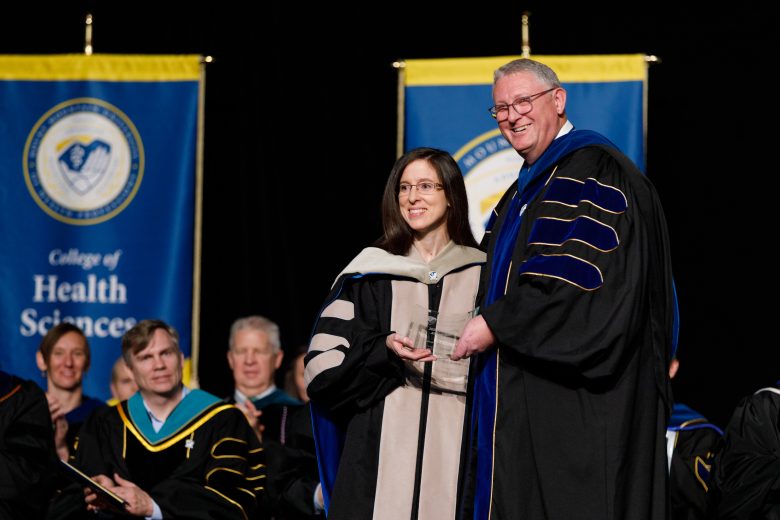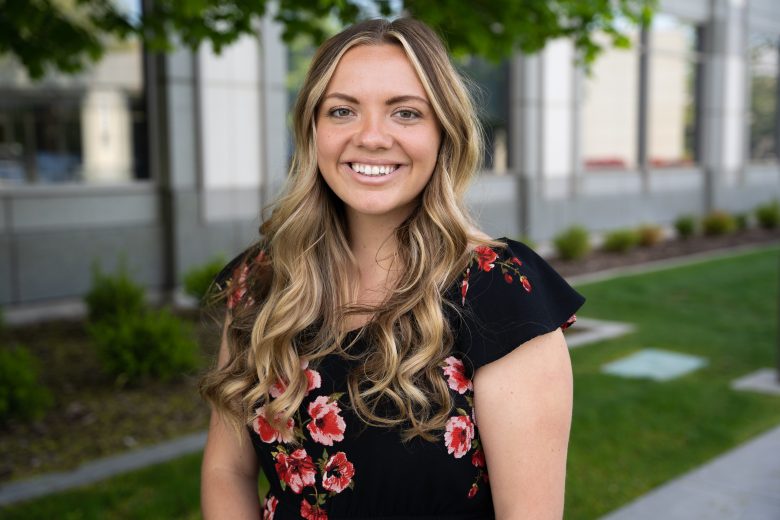At age 16, Kim Barber-Foss, MS, ATC, LAT, was a student assistant for her high school football team and witnessed a football player suffer a traumatic injury that resulted in temporary paralysis of the arms and legs. As her high school didn’t have athletic trainers (AT), Barber-Foss had to step in to help and, at that moment, decided that she would pursue a career as an AT.
Research from the AT Field
Barber-Foss has various research interests, including injury epidemiology, which looks at injury rates and trends, especially in high school athletes. If researchers are able to determine what injuries are occurring, then it is possible to understand how to better prevent them.
Researchers, including Barber-Foss, have spent many years looking at concussions and potential prevention devices. The challenge with concussions is they are difficult to define and diagnose. Improved helmet protection in sports like football is effective at protecting the outside of the head, but not preventing the brain from moving around inside the head.
Sports Beyond the Field
Barber-Foss argues that the answer isn’t taking kids out of sports. “Sports do so much more than provide physical activity–they provide emotional and social benefits.” There are many aspects that researchers are looking at.
For example, Barber-Foss and Cincinnati Children’s Hospital Sports Medicine is utilizing virtual reality to help soccer/basketball/volleyball players improve performance and prevent injury by having them train, record, and analyze their performance in a virtual reality setting.
Barber-Foss encourages athletic trainers to advocate for their profession by recognizing the impact that athletic training services have. “Everyone can benefit from the services an athletic trainer can provide.”
Listen to the entire RMUpload podcast here.



